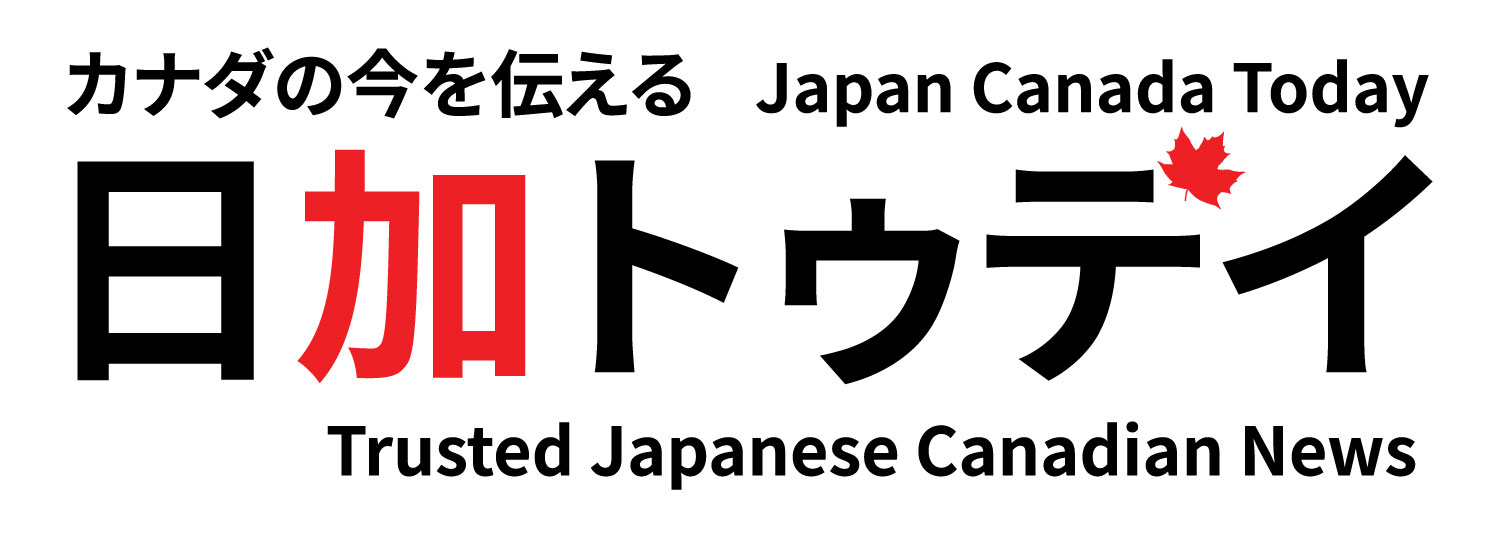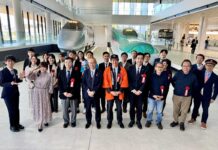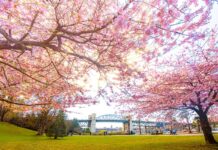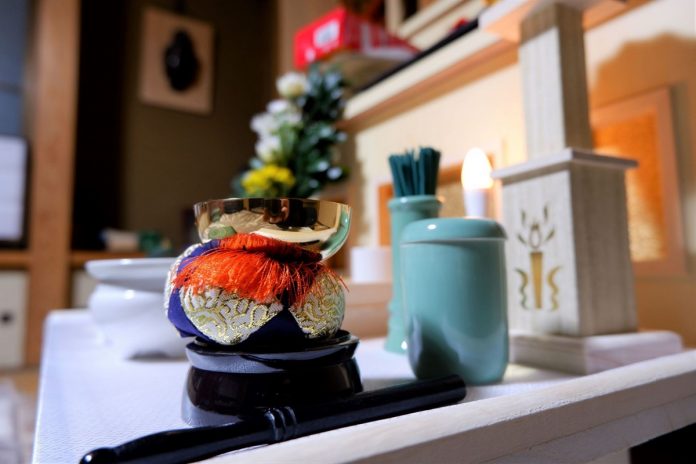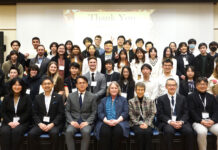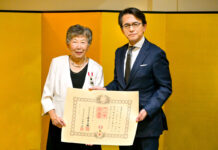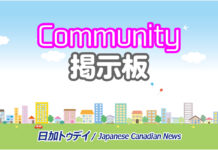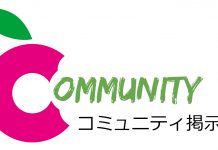What is it actually like to attend a Japanese funeral? Discover what a young Canadian, whose mother is Japanese but was born and raised in Canada, found out by attending a funeral in Japan.
***
Recently, my Japanese grandfather passed away. While this situation in itself was already depressing, it was made worse by COVID-19, as few were able to visit him before he passed. However, as I am currently residing in Japan, I was able to attend his funeral.
It was not only my first time attending a Japanese funeral, but it was my first experience at a funeral at all. And, as I was born and raised in Vancouver, B.C., I grew up with a Western idea of funeral traditions (mostly influenced by American films and TV). Consequently, I wasn’t totally sure what to expect at a Japanese funeral. To be frank, I was quite anxious about it; what if I accidentally do something that is culturally insensitive or rude? How am I supposed to act at a Japanese funeral? What are the procedures?
Fortunately, I had a family by my side to guide the way. Nevertheless, I would like to share my experience and thoughts with you as a half-Japanese Canadian at a Japanese funeral.
Part 1: Prep
First, I had to research what to wear to a Japanese funeral. Luckily, Google is filled with resources.
Through my research on Google, I discovered that wearing jewelry was discouraged, but women can wear a string of pearls. What I found interesting was that, at the funeral, all the older women (of my grandfather’s generation) wore pearl necklaces, but the younger women did not. I am still not sure whether I should attribute this to age differences or wealth differences.
Other dress code guidelines were very similar to Western funerals, with both men and women wearing black. While the article I read recommended that women wear a plain black skirt that reached below the knees paired with black stockings, there were women wearing black dress pants.
Part 2: The Ceremonies
There were many aspects to my grandfather’s memorial service that differed from (my impression) of Western funerals. For instance, before the wake, I took part in a mini-ceremony in which we transferred my grandfather’s body into his coffin.
In that mini-ceremony, we scattered green tea leaves into his coffin (so he can go to heaven surrounded by a nice aroma), as well as some other leaves meant for protection. We then surrounded my grandfather’s face with flowers and filled his coffin with travelling gear, including his favourite hat.
At the end of that mini-ceremony, each person dabbed a bit of water onto my grandfather’s lips using a leaf, the significance being that it was his last drink of water. However, my mother told me that under her family’s Buddhism school (Jodo Shinshu), this was not traditional.
While the wake and funeral ceremonies were not too different from Western ceremonies, I couldn’t help but notice the androcentrism of Japanese culture, as my uncle and his entire family were of higher priority than my mother. Nevertheless, I was not too shocked, as I was aware of this aspect of Japanese culture.
What I remember most from the funeral ceremony was the ending, when the staff of the memorial hall cut off all the flowers from the vases, and the guests were instructed to grab bunches of flowers at a time and surround my grandfather’s body with them. By the end, he was almost entirely covered, his face barely discernable. Many family members were crying at this point, stroking his face, and saying their final goodbyes. I recall finding this custom, and the way my grandfather was being celebrated, to be incredibly beautiful.
Part 3: Cremation
The next portion of the memorial service was the one I was anticipating (and to some extent, dreading) the most: the cremation ceremony.
Now, my mother had described this Japanese funeral custom to me a couple of years ago. This custom consists of close family members picking at the bones of the deceased’s cremated ashes using chopsticks. Her family would then send some of the bones to a local temple, where the bones would be combined with several others and formed into a statue of the Buddha.*
When I first learned about this custom, I was shocked. I was also slightly alarmed, and to some extent, disturbed. However, I then visited one of the temples with the Buddha statues. After seeing the crowds of people visiting the Buddhas, and knowing that this meant the lives of so many were still being celebrated long after their deaths, my perspective of this tradition changed. While I used to feel appalled, I now admire it greatly; I find this tradition beautiful.
Nevertheless, I was anxious about participating in this custom. My experience was as follows: upon entering the room with my grandfather’s recently cremated body, we were all given long, cooking chopsticks.
On a stone platform laid my grandfather’s skeleton. I remember being able to feel the heat from the cremation emanating from the platform. There was around one-half to two-thirds of his skeleton left, with his leg bones, hip bones, spinal column, and jaw being most prominent. I remember the position of his skeleton, with his head pulled back, skull missing, and jaw pointed towards the ceiling, to be slightly distressing.
A man then guided us in the cremation process. First, he looked for the laryngeal prominence located in the neck. We then started picking at my grandfather’s bones, starting from the bottom of his body (at his feet) to the top. The guide instructed us to pick at specific bones; starting with my uncle, everyone picked up a couple of bones using the chopsticks and transferred them to a jar.
What was truly interesting was my family members’ reactions to my grandfather’s skeleton. While the funeral ceremony was filled with tears and grief, it was now filled with curiosity. I even recall someone pointing out his hip replacement.
Part 4: 49 Days
After all the ceremonies were completed, the memorial hall staff set up an altar at my grandfather’s house. It was to remain up for 49 days, i.e., the amount of time it takes for his spirit to get to heaven. During those 49 days, someone had to sleep in his house, as he was not to remain alone.
What I found most interesting about this custom was that the dolls and figurines in the room containing the altar were covered. They explained that, as these dolls are empty, my grandfather’s spirit was prone to attaching to them. So, covering them was a preventative measure. I couldn’t help but think that this sounded like the tropes often used in horror films.
After 49 days, we held the burial ceremony. As the COVID-19 cases had significantly escalated in Japan during that time, this ceremony was limited to me and four others. A priest first visited my grandfather’s home. We then proceeded to the cemetery, where my grandfather’s ashes were placed in the base of the family tombstone.
In Conclusion,
While I was initially shocked upon learning some Japanese funeral customs (specifically, the ones relating to the cremation procedures), I have since come to greatly appreciate and admire them. Overall, while my grandfather’s funeral was filled with sorrow and grief, it was also filled with love and respect. And this is the custom of funerals around the world, regardless of culture: to celebrate the life of the deceased.
*The webpage of the temple, which shows pictures of Buddha statues with bones/ashes. https://www.isshinji.or.jp/nokotsu.html
(by Mia L. )
